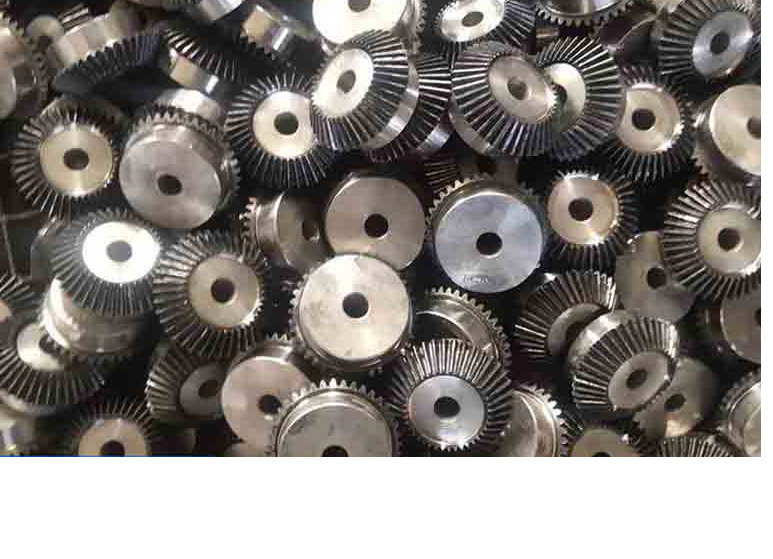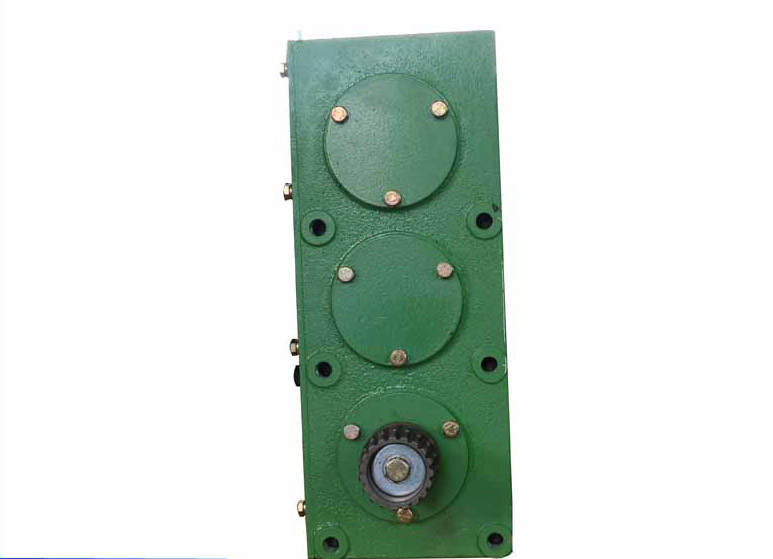Gears can be classified according to tooth profile, gear profile, rack shape, gear tooth surface and manufacturing method.
The tooth profile of the gear includes tooth profile curve, pressure angle, tooth height and displacement.Since involute gears are relatively easy to manufacture, there are absolutely many involute gears in modern gears, but cycloid gears andArc gearThere are very few applications.
Under the pressure angle, the load capacity of the small pressure angle gear is small.On the other hand, although the high-pressure square gear has a high load capacity, the load on the bearing increases when the transmission torque is the same, so it is only used in special cases.The gear tooth height is standardized, and the standard tooth height is generally adopted.Displacement gears have many advantages and are widely used in various mechanical equipment.
In addition, gears can also be classified into cylindrical gears, bevel gears, non-circular gears, racks, and worm gears according to their shape.According to the shape of the tooth line, it is divided into spur gears, helical gears, herringbone gears, and curved gears.According to the tooth surface of the gear, it is divided into external gear and internal gear.According to the manufacturing method, it can be divided into casting gears, cut-out gears, rolled gears, sintered gears, etc.
The manufacturing material and heat treatment process of the gear have a great influence on the load-bearing capacity and size and weight of the gear. Before the 20s, gears were mostly carbon steel, which was converted to alloy steel in the 50s, but surface hardened steel was mostly used in the 60s.According to the hardness, the tooth surface can be divided into two types: soft tooth surface and hard tooth surface.
Although the load-bearing capacity of soft-tooth gears is low, it is relatively easy to manufacture and has good meshing properties. There is no strict restriction on the transmission size and weight, and it is mostly used for general machinery that is produced in small quantities.Since the small gear of the opposite gear bears a heavier burden, in order to make the life of the large and small gears approximately equal, the tooth surface hardness of the small gear is generally higher than that of the large gear.
Gears with hard tooth surfaces have strong load-bearing capacity. After finishing the gears, quenching, surface quenching, and carburizing quenching are performed to increase the hardness.However, since the gear is inevitably deformed during the heat treatment, grinding, grinding or finishing must be carried out after the heat treatment to eliminate errors caused by the deformation and improve the accuracy of the gear.
What are the processing methods of gears
(1) Hob: can process helical teeth with less than 8 modules
(2) Milling machine scraping teeth: can process straight trucks
(3) Insert ring: internal teeth can be machined
(4) Cold stamping teeth: chip-free processing is possible
(5) Gear picker: can process large gears with 16 modulus
(6) Precision cast gear: can process a large number of cheap pinions
(7) Gear grinding of gear grinding machine: gears of precision mother machine can be processed
(8) Die casting machine casting teeth: processing multiple non-ferrous metal gears
(9) Gear shaving machine: a metal cutting machine for gear finishing

 Home
Home
 Page location:
Page location:
 contact address:Jianyang Industrial Concentration Zone, Jianhu County
contact address:Jianyang Industrial Concentration Zone, Jianhu County


